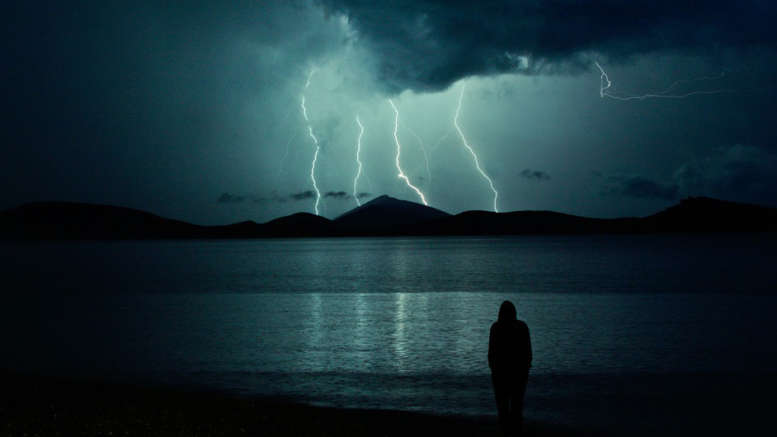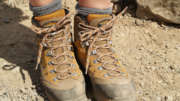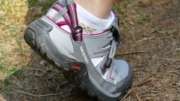Back in 2009 I was privileged enough to be a part of my Boy Scout troop’s first trip to Philmont Scout Ranch outside of Albuquerque, New Mexico. Eleven days of hiking through the most beautiful scenery in North America with nothing but what we could carry on our backs taught us a lot about survival in dangerous situations. On the eighth day we found ourselves caught in a thunderstorm out in the open. If you ever find yourself in the same situation, you need to take action immediately to avoid being struck by lightning. With over 24,000 annual deaths caused by lightning, knowing what to do here can save your life. Here is what we did.
[the_ad id=”7373″]
The first thing to know is self-explanatory: lightning is electricity. And as such, it is simply the flow of electrons through the path of least resistance. As a negative charge builds up in the clouds above, a corresponding positive charge builds in the ground and the objects connected to it and since opposites attract, these two charges will attempt to make contact.
The closer an object is to the cloud, the greater the positive electric field surrounding it. That’s why lightning tends to strike tall buildings and trees. If a tree is struck and collapses with you beneath it, you’re in trouble. On the other hand, if you’re caught in a field or on a mountain top, as we were in Philmont, then you become the path of least resistance and the lightning may strike you.
Seems like a lose-lose scenario, right? The first line of defense is to avoid storms altogether. If you see the weather worsening, find shelter. Steer clear from water, mountain tops, open fields and rocky outcroppings. If that’s not possible or the storm is approaching too quickly, there are measures you can take to mitigate your chances of being struck.
If you are in a wooded area, the most important things to look for are the tallest trees. These are the most likely to be struck and so avoid them at all costs. Surrounding yourself with trees smaller than the tallest ones will provide you shelter that has a low risk of attracting the lightning.
If you find yourself in an open field, your situation is direr. Do not lie prostrate on the ground, but rather assume the lightning crouch and make yourself as small of a target as possible. Make it so that you are touching as little of the ground as possible. This will increase the chances of the lightning flowing around your body rather than through your vital organs. Keep your head between your knees and close your ears and eyes to protect yourself from the blinding flash and deafening thunder. Be sure to distance yourself from your metal-framed backpack and definitely avoid your tent.
If you feel your skin or hair tingling and there’s a ringing in your ears, then you are the object that is sending the positive charge and you’re about to be struck. Assume the lightening crouch immediately to mitigate the injury of the strike.





